Ironing: If you don’t have a steamer, you can also iron your chiffon curtains using a low heat setting. Be sure to use a pressing cloth or a clean cotton cloth between the iron and the fabric to protect the delicate material.
Hanging: When hanging chiffon curtains, it’s important to use a rod or track that is sturdy enough to hold their weight without sagging. You can also use curtain rings or clips to help distribute the weight evenly along the rod or track.
Hemming: If your chiffon curtains are too long, you may need to hem them to achieve the perfect length. To do this, measure the desired length and mark it with pins. Then, fold the fabric up to the pin line and press it with an iron. Finally, sew the hem in place using a straight stitch or a rolled hem.
Cleaning: Chiffon curtains should be cleaned regularly to keep them looking their best. You can hand wash them in cold water with a mild detergent or machine wash them on a delicate cycle. Be sure to hang them to dry, as machine drying can damage the delicate fabric.
Learn How To Start CHIFFON CURTAINS
First, inspect your chiffon curtains to ensure that they are clean and free of wrinkles. If they are wrinkled, you may need to iron them or use a steamer to remove any wrinkles.
Locate the rod pocket on the top of the curtain panel. This is the pocket that the curtain rod will slide through.
Slide the curtain rod through the rod pocket, starting at one end and working your way to the other end. Make sure that the rod is centered in the pocket and that the curtains are evenly distributed on the rod.
Once the rod is in place, hang the curtains on the desired window or opening. Adjust the curtains to the desired length and fullness.
If desired, tie back the curtains using a ribbon, cord, or tieback. This will allow you to let in more light or create a more decorative look.
Finally, step back and admire your newly hung chiffon curtains!
Rules Not To Follow About CHIFFON CURTAINS
Not washing or cleaning chiffon curtains: Some people believe that chiffon curtains should not be washed or cleaned because they are delicate. However, not cleaning them can cause dirt and dust to build up, leading to discoloration and a decrease in the fabric’s quality.
Using harsh chemicals or bleach: Using harsh chemicals or bleach on chiffon curtains can damage the fabric and cause it to weaken or even tear.
Not ironing chiffon curtains: Some people believe that ironing chiffon curtains are not necessary. However, ironing them can help remove wrinkles and give them a crisp, polished look.
Hanging them without proper support: Chiffon curtains are delicate and lightweight, so it is important to hang them using the appropriate support, such as curtain rods or hooks designed for lightweight fabrics. Using the wrong type of support can cause the curtains to sag or even fall.







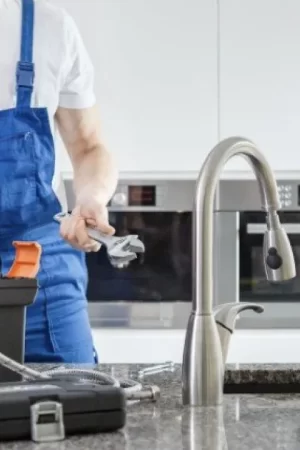



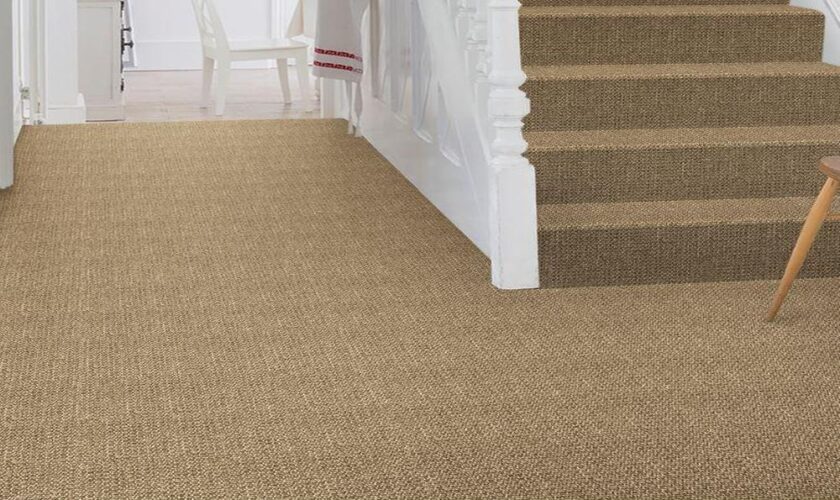

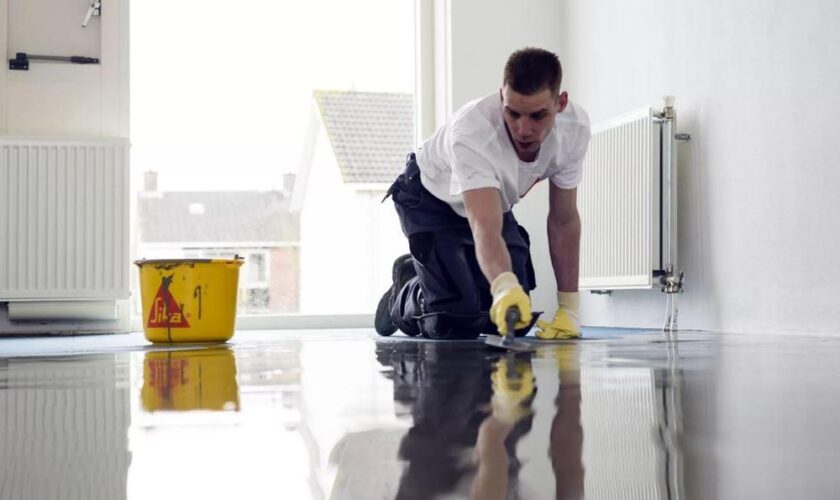

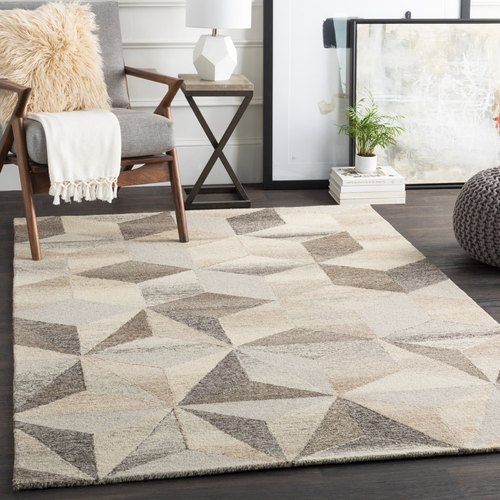
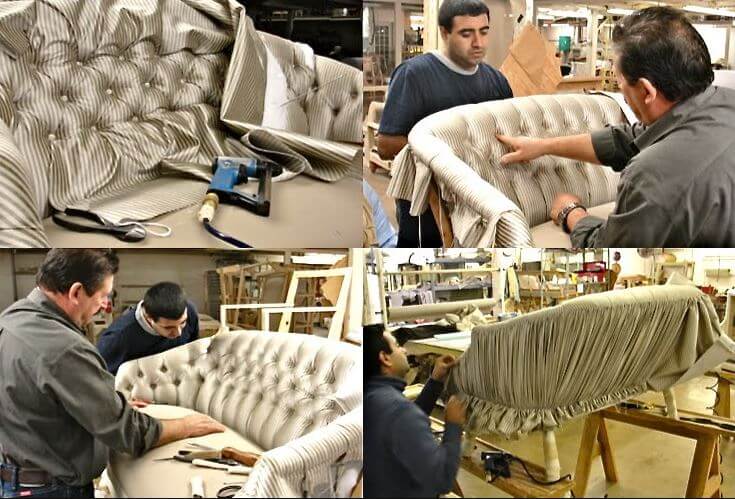
 They can be used to create privacy and add style to your space. They can also help you save energy by blocking out the sun’s rays when you are not using your window.
They can be used to create privacy and add style to your space. They can also help you save energy by blocking out the sun’s rays when you are not using your window.